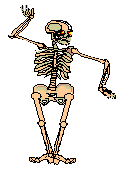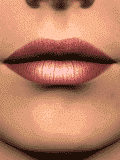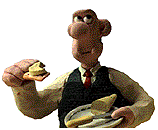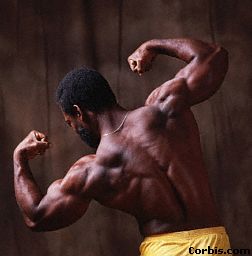Human Body


http://humanbody.inebi.webquest.
by
Introduction | Task | Resources | Process | Evaluation | Conclusion
Human Body


http://humanbody.inebi.webquest.
by
Introduction | Task | Resources | Process | Evaluation | Conclusion
Introduction:  |
The human body is the most wonderful, complex machine in the world. Your body can walk and run, climb and sit. It can see, hear, smell, taste, and feel. It can eat, talk, laugh, lift things, play games, think, and read.
While these things are going on, you are breathing; there is blood flowing through your blood vessels; you are digesting food; and your body is doing a million other jobs at the same time! All through your life this marvellous machine is at work-even when you are sleeping.
Background information:
There are a few systems in your body. Let's learn about them.
*The circulatory system: Your circulatory system is made up of your heart, arteries, veins, and very thin blood vessels called capillaries.

*The digestive system: Your mouth, esophagus, stomach, large and small intestines and other organs make up your digestive system.
*The respiratory system: Oxygen enters your body through your nose or mouth, moves down your windpipe and into your lungs. Your lungs are the most important part of your respiratory system.
*The skeletal system: The skeleton supports and/or protects the softer body parts of the human body. 206 bones make up your skeletal system.

*The muscular system: Underneath our skin there are muscles. Muscles move our body. They are joined onto the bones. Tendons keep the muscles joined to the bones. More than 600 muscles make up your muscular system.

Txagorritxu Hospital has selected your team of medical students to investigate about some of the systems in the human body. Your task is to inform your classmates of the role of the organs within each system and the importance of each system to the function of a healthy human body.
*Questions to be answered as you research the following systems:
Circulatory
System:  (
Print the
questionnaire)
(
Print the
questionnaire)
Digestive System:

Respiratory System:
Muscular System:
*Complete the text, using the next words: (Print the document)
| Tendons triceps skin bones biceps human |
Muscles move my body.
Underneath our....... there are muscles. Muscles move our body. They are joined onto the bones. _____ keep the muscles joined to the______ . There are more than 600 muscles in the ______ body.
Most muscles work together in
pairs. One  muscle pulls
while the other muscle relaxes. When you bend your arm the _____ muscle pulls
and the triceps muscle relaxes. When you make your arm straight, the biceps
muscle relaxes and the ______ muscle pulls.
muscle pulls
while the other muscle relaxes. When you bend your arm the _____ muscle pulls
and the triceps muscle relaxes. When you make your arm straight, the biceps
muscle relaxes and the ______ muscle pulls.
The skeletal system:
*Label the missing bones. (Print the document)
1. You will be graded according to how well you work with your team in gathering information both in books and on the computer.
2. You will be graded according to how well your team works together in the final presentation.
3. You will also be graded according to your final product.
4. As you can see, you will be graded both, on your own work and how well you work with your team members.
You have learned about some systems and the organs in your body. You have shown what you have learned by making posters.
Would you like to play some funny games about the topic? Let's try these links:
http://www.lung.ca/children/grades7_12/air_pollution/index.html
http://www.learnenglish.org.uk/kids/archive/theme_body.html